Background
James Vester Miller
1860-1940
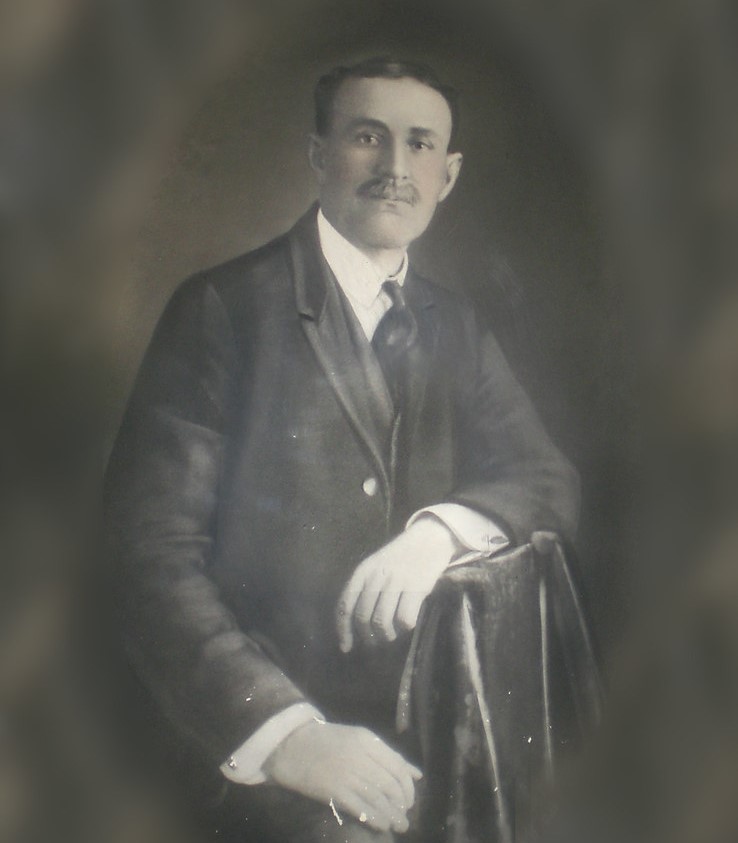
Born in Rutherford County, NC to an enslaved mother, Louisa Miller, and a slavemaster father, James Vester Miller had light skin and blue eyes. He built a 15-room home in the Emma community of West Asheville, raised 6 children with his wife, Violet, and had additional children with Ida Friday Clark. Five of his sons became master bricklayers; a fifth became one of Asheville’s first Black physicians. Miller’s daughter lived to be 101 years old and is responsible for many of the family’s stories.
An Artist in Brick
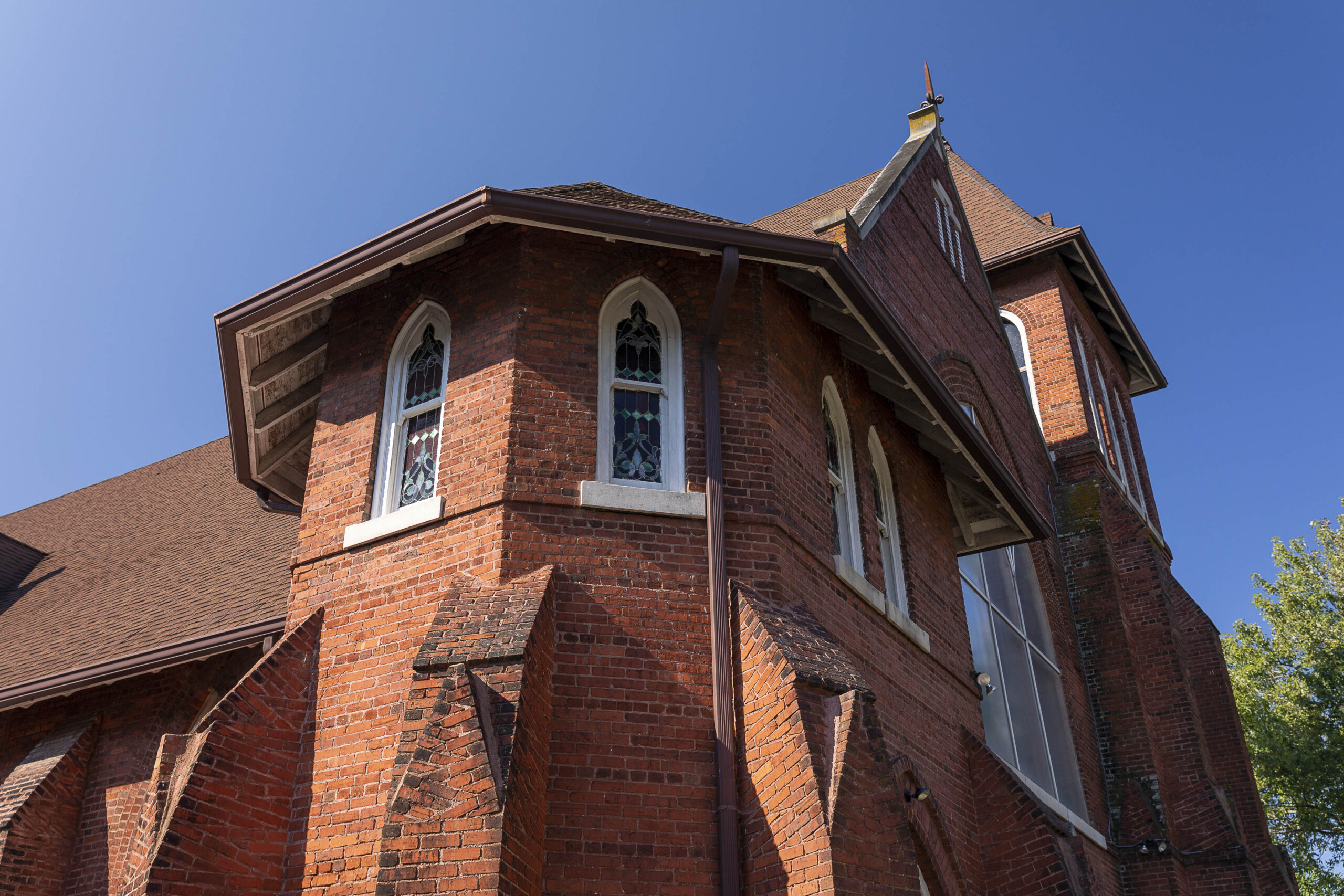
Though best known for his churches, James Vester Miller also built commercial buildings and residences. Family stories and local tradition credit him with many buildings for which there is little documentation. In fact, we will never know many projects on which either he or his company worked as a brick mason or subcontractor.
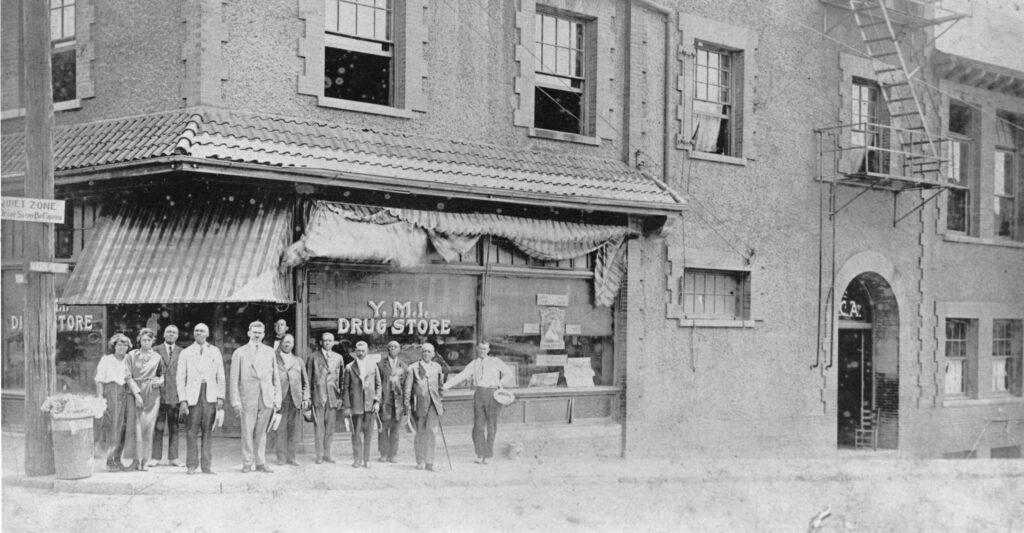
East End Overview
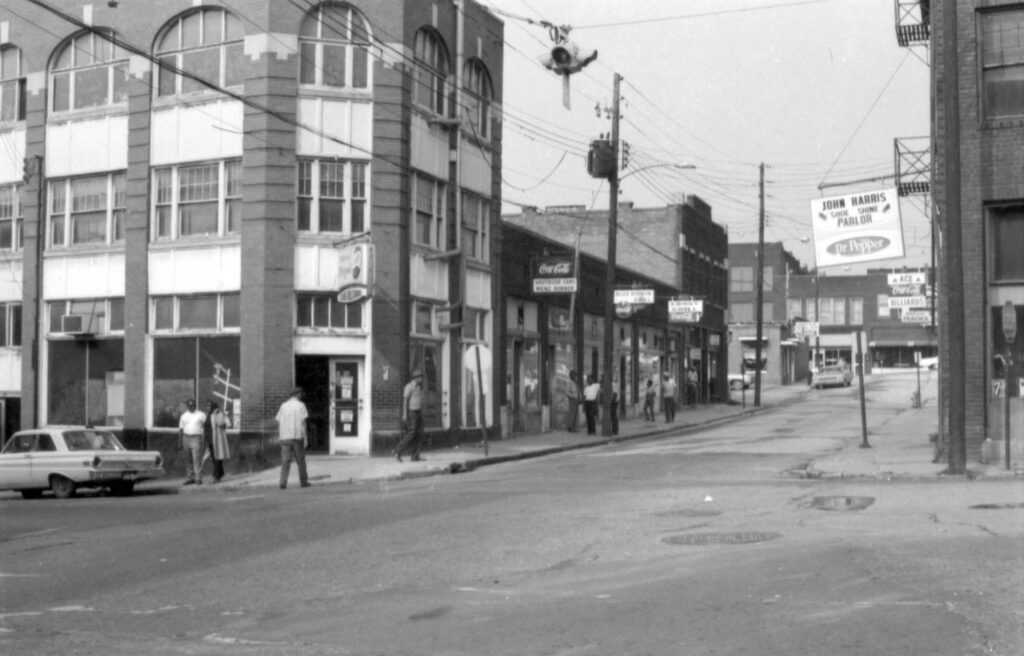
This walking tour focuses on Asheville’s “East End,” the African-American neighborhood closest to Pack Square. As Asheville’s economy steadily grew and boomed in the late 19th and early 20th centuries, the segregated East End expanded to become a thriving community of homes, schools, churches, businesses, and nightclubs.
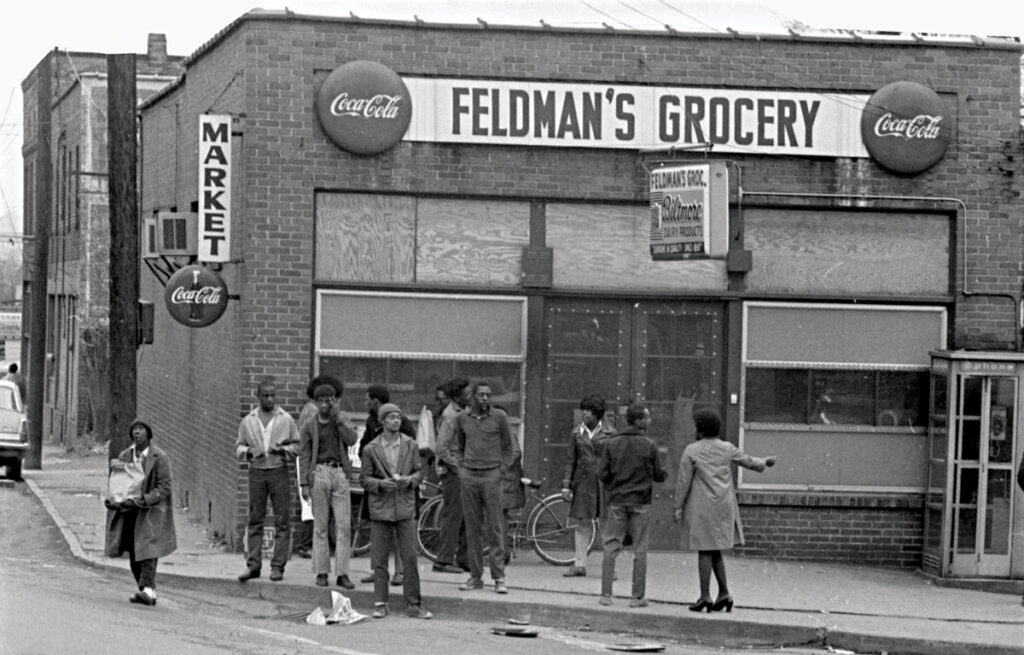
The 1920s were the Golden Age of the East End. On Eagle Street, the Wilson Building offered office space to African-American businesses and professionals, and the YMI (Young Men’s Institute) was home to a “colored library,” classes, and events. Stephens Lee High School, the pride of the neighborhood also known as “the Castle on the Hill,” was the only public high school for African Americans in western North Carolina. Businesses across the neighborhood included barbershops, beauty salons, a movie theater, a pharmacy, an ice cream shop, flower shops, clothing shops, and professional offices.
(Top photo): North Carolina Collection, Pack Memorial Library, Asheville, North Carolina. (All other photos): Andrea Clark Collection at the Pack Memorial Library, Asheville, North Carolina.
Andrea Clark and Twilight of a Neighborhood
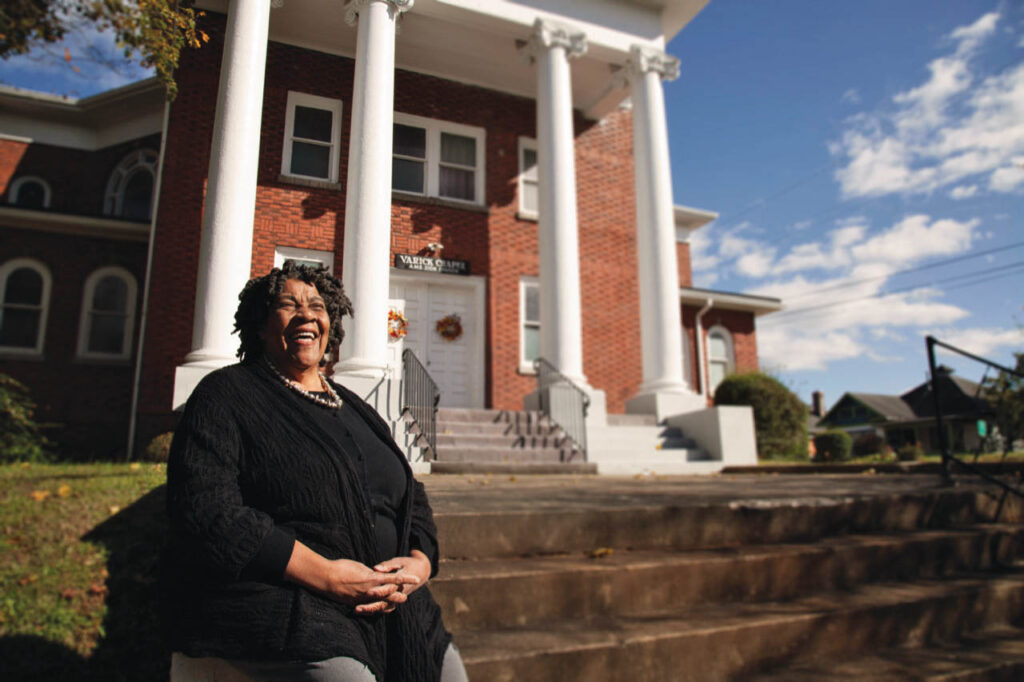
Andrea Clark, granddaughter of James Vester Miller, is a photographer who documented life in the East End before urban renewal. Born and raised in Cambridge, MA, Andrea came to Asheville in 1968 to live with her father in the East End. Her photographs reflect an exploration of her roots, and into a world very different from the one she had known in New England.

They provide a valuable portrait of a neighborhood, as well as an exploration of the meaning of community. It has been Clark’s vision to create a walking tour of her grandfather’s buildings to honor his work and to highlight the important role that African Americans have played in building Asheville.
(Above photo): by Will Hornaday; (Lower photo): Andrea Clark Collection at the Pack Memorial Library, Asheville, North Carolina.
Sites Not Included On This Tour
James Vester Miller worked in many areas beyond the footprint of this walking tour. Among these are:
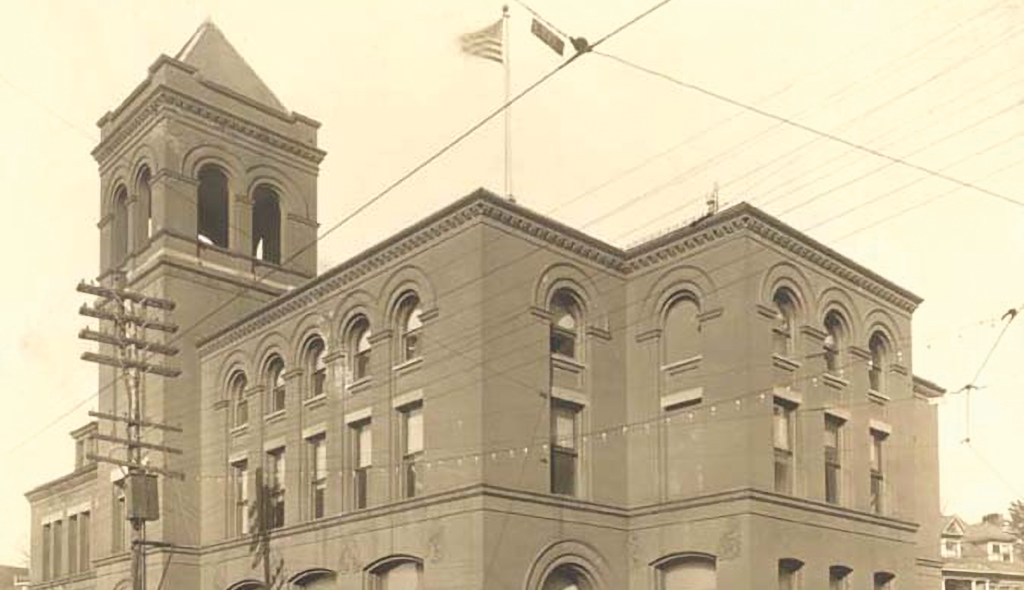
The old Asheville Post Office: Built-in 1892 in the Pritchard Park area of downtown, this building was demolished in 1932 when Asheville’s growth demanded a larger structure.
The Medical Building: Built around 1900 and also in the Pritchard Park area at 16-18 College Street, this building was designed by Richard Sharp Smith for the estate of Col. Frank Coxe, primary funder of the railroad into western North Carolina. Much of Miller’s early work was as a subcontractor for the Coxe Estate.
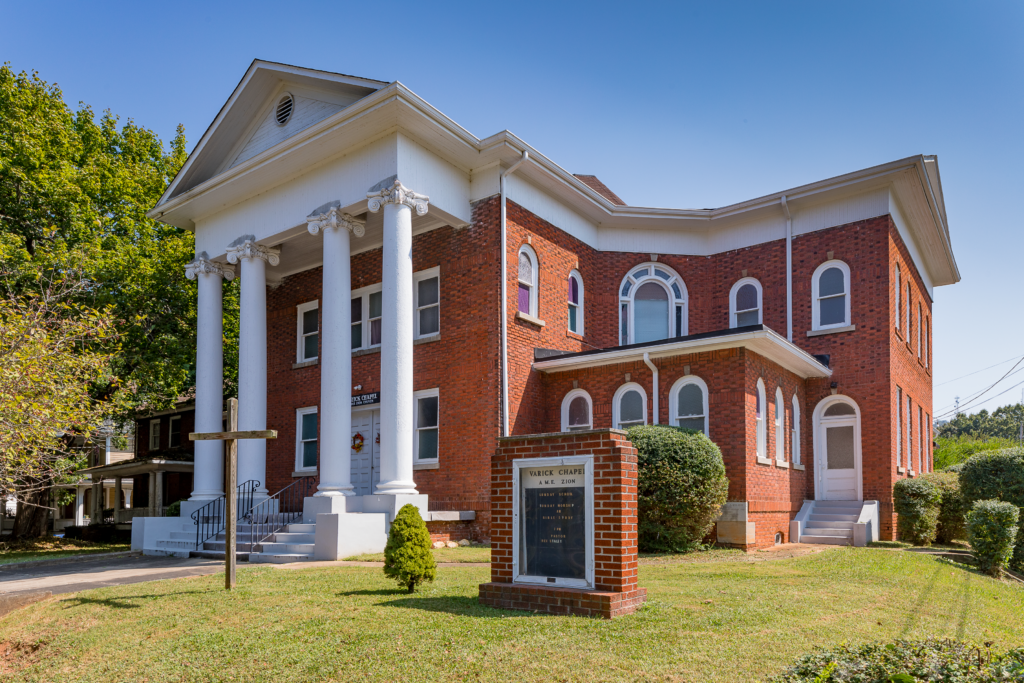
Varick Chapel A.M.E. Zion Church (circa 1920s): 308 S. French Broad Avenue. Originally built as a Baptist church for a White congregation, its interior features a beautiful dome.
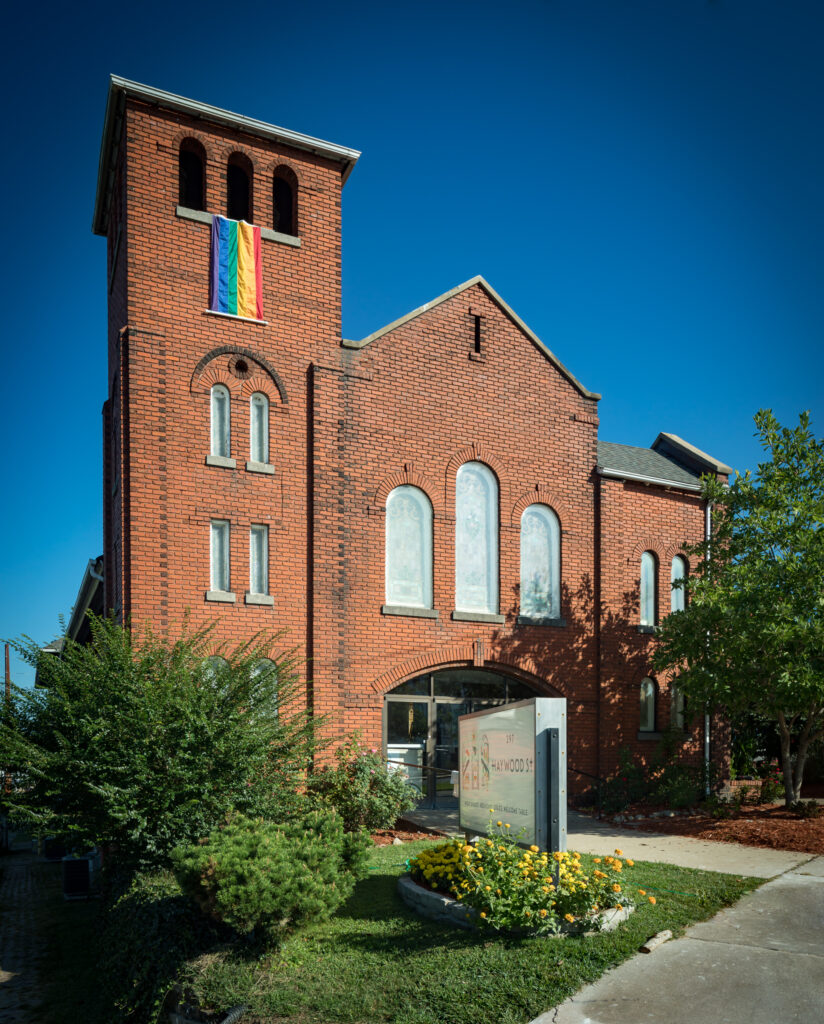
Haywood Street Church (297 Haywood Street): In 1917, Smith & Carrier Architects designed a new front building for this church. Remodeling included a new gallery, new windows, and a renovated auditorium. A life-sized fresco painted in 2019 by a team of local artists led by Christopher Holt and dedicated to the church’s homeless ministry features an image of James Vester Miller’s tools with his initials inscribed.
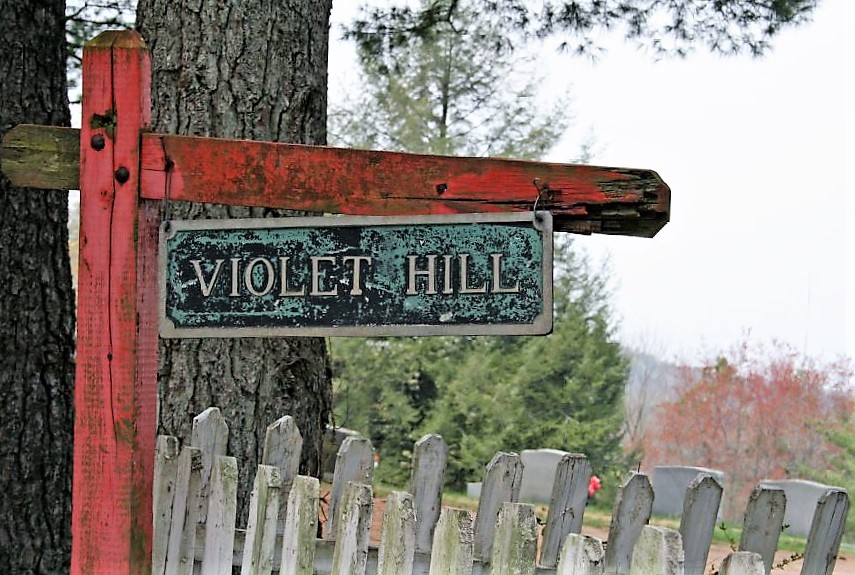
Violet Hill Cemetery (454 Hazel Mill Rd): Built in the 1930s in the Emma community of West Asheville, this cemetery provides burial space for James Vester Miller, along with many other distinguished members of Asheville’s African-American community.
Numerous residences in the Emma neighborhood of West Asheville, including several along Brickyard Road.